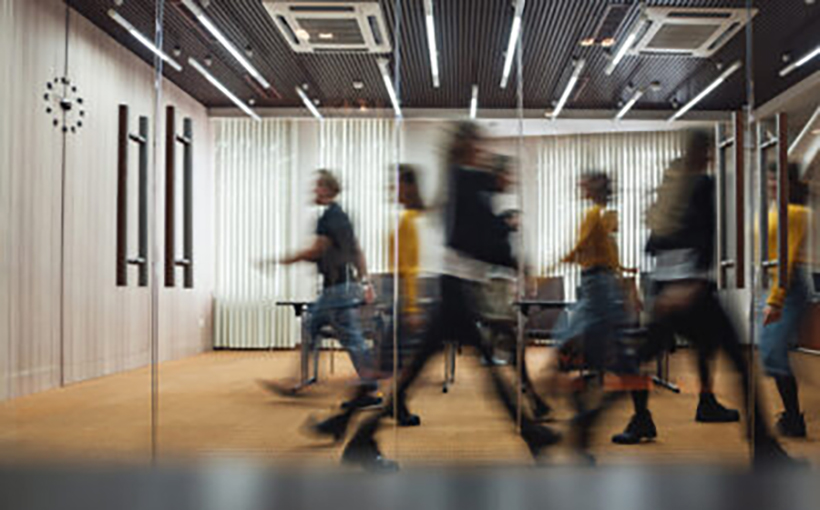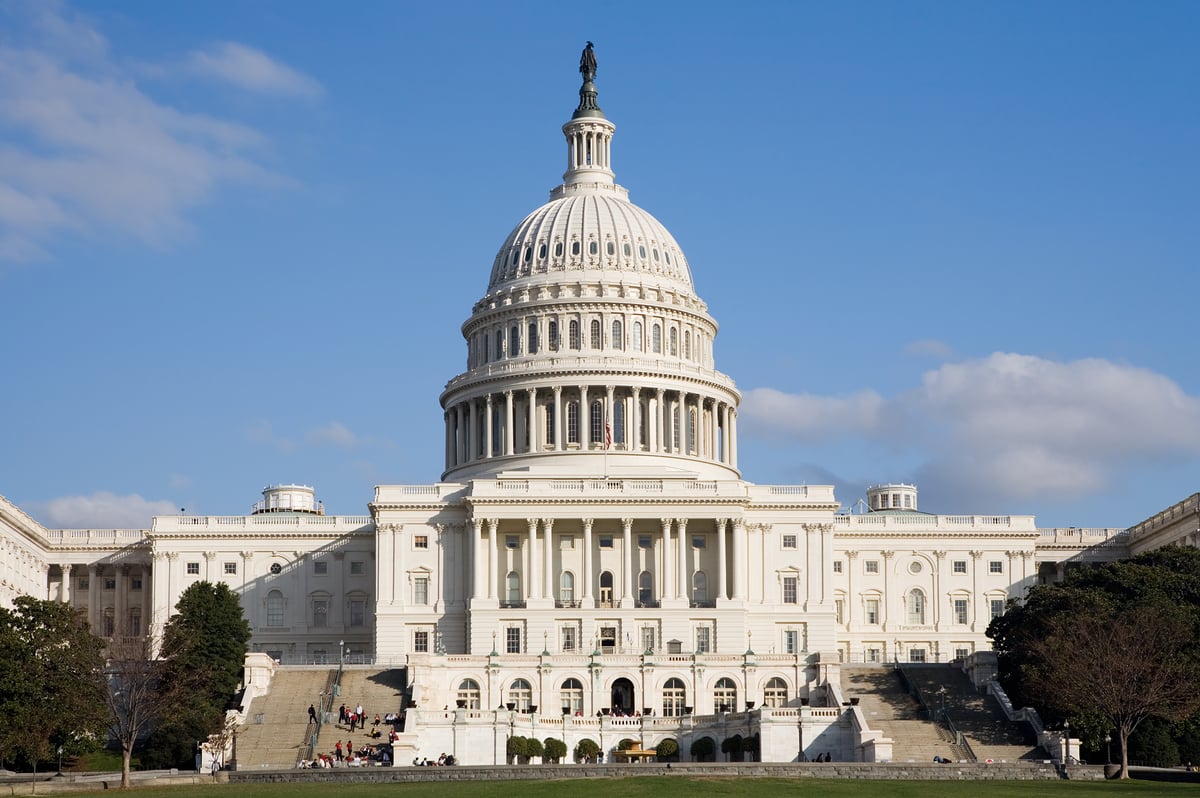Amazon recently made an announcement that all employees would be required to return to the office five days a week starting in January 2025. This decision was met with backlash from employees, who threatened walkouts and protests against the mandate.
However, according to Albert DePlazaola, Global Principal at Unispace, Amazon’s decision is not representative of most companies. In an interview with Connect CRE, DePlazaola stated that there may be other organizational factors driving Amazon’s decision. He also referenced a new report from Unispace titled “From Restrictions to Resilience,” which revealed some interesting findings:
– 98% of employers are satisfied with their current hybrid work arrangement.
– 90% of employees feel the same way.
– On average, U.S. employees are currently working in-office for about 3.8 days per week – a slight increase from previous years.
– Employees value collaboration and building social connections as benefits of being in-office but also want opportunities for focused work to increase productivity.
– A majority (71%) said they would spend more time in the office if it offered spaces that better aligned with their organization’s brand culture and values.
The report emphasizes how this moment presents a unique opportunity for employers and employees alike as they both seem aligned on hybrid work arrangements moving forward.
DePlazaola noted one surprising finding from the survey: both employers and employees agree that current workplaces do not support effective hybrid work efforts. He explained this disconnect by stating that while workplace practices have changed due to remote or flexible working options becoming more common during COVID times; physical offices remain largely unchanged – still resembling traditional open-plan layouts designed around fixed schedules rather than modern ways of working.
The report argues that offices should evolve into hubs where connection & alignment take place between teams/employees while providing space conducive for productive individual-focused tasks too – something lacking today despite employee preference towards onsite productivity over remote alternatives when given the choice.
DePlazaola believes that a successful hybrid work environment requires an effective technology structure, good lighting, and quiet areas for focused work and privacy. He also stresses the importance of having diverse furniture options to cater to different tasks and working styles.
In order for employers, landlords, and building owners to attract tenants/employees in this new era of hybrid work arrangements; they must understand their needs by putting themselves in their shoes. This means providing world-class technology infrastructure (especially Class A buildings), ample natural light & outdoor spaces as well as private ergonomic spaces – all factors that will make employees feel more productive at the office than at home.
The report also highlights the need for tailoring workplaces to accommodate a multigenerational workforce with flexible scheduling options while promoting autonomy among employees. To achieve this shift towards a resilient workplace that prioritizes flexibility, collaboration & productivity; employers must have open conversations with their workforce about co-creating such an environment together.



